Lisbon spreads across seven hills like a watercolor painting that’s still wet around the edges. The Portuguese capital doesn’t just sit there looking pretty, though each neighborhood pulses with its own rhythm. Ancient Moorish quarters still echo with fado while trendy districts splash street art across azulejo-covered walls. Sure, the main tourist areas have their charms, yet the real treasures hide in the spots where locals actually hang out after work.
Let’s dive into the neighborhoods that make this city tick. Here is a list of 17 must-see spots scattered throughout Lisbon’s most fascinating quarters, places that’ll stick with you long after you’ve headed home.
Miradouro da Senhora do Monte
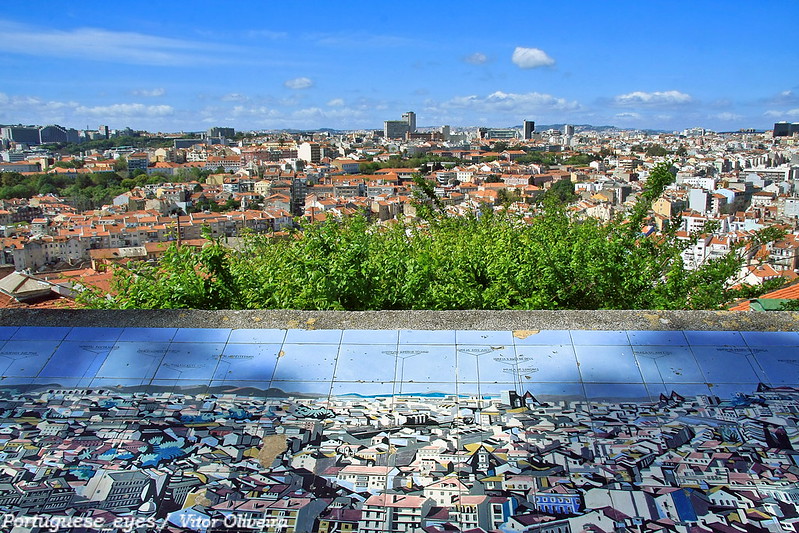
Graça neighborhood guards this spectacular viewpoint like a well-kept secret and it’s getting harder to keep under wraps. The climb’ll test your legs, yet once you reach the top, that 250-degree panorama makes every step worthwhile. While tourist hordes cram onto the famous viewpoints below, you’ll often find just a handful of people here, especially when the late afternoon sun turns the whole city golden.
LX Factory
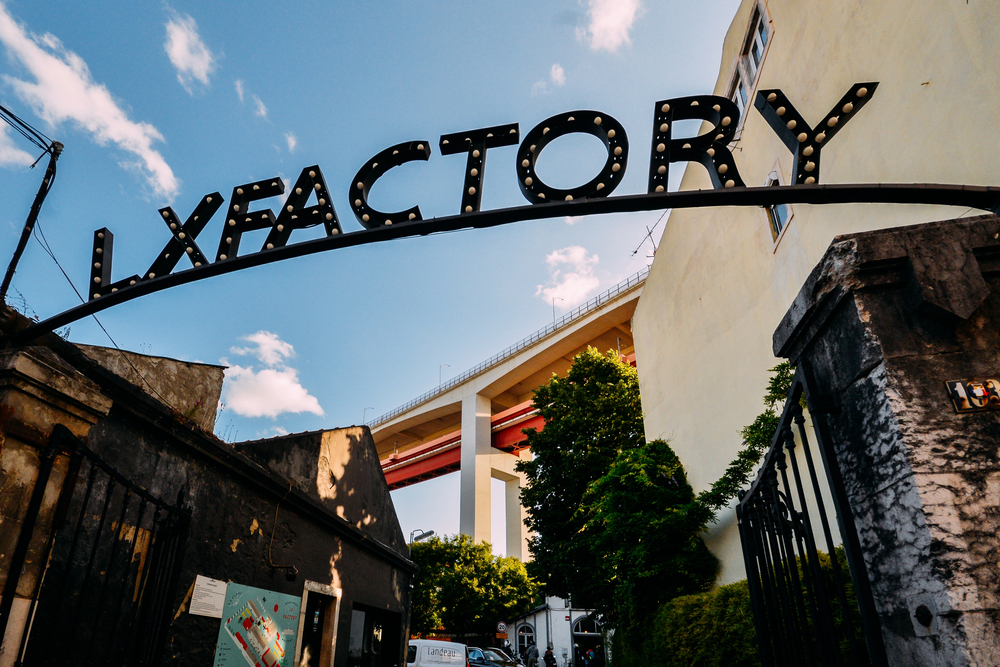
This old textile complex under the 25 de Abril Bridge has morphed into Lisbon’s creative nerve center. Alcântara’s industrial bones now support design studios, vintage shops — even a massive bookstore that’d make any bibliophile weak at the knees. Sunday brings out the locals for the flea market, where you’ll spot everyone from art students to startup founders hunting for treasures between coffee breaks.
Time Out Market
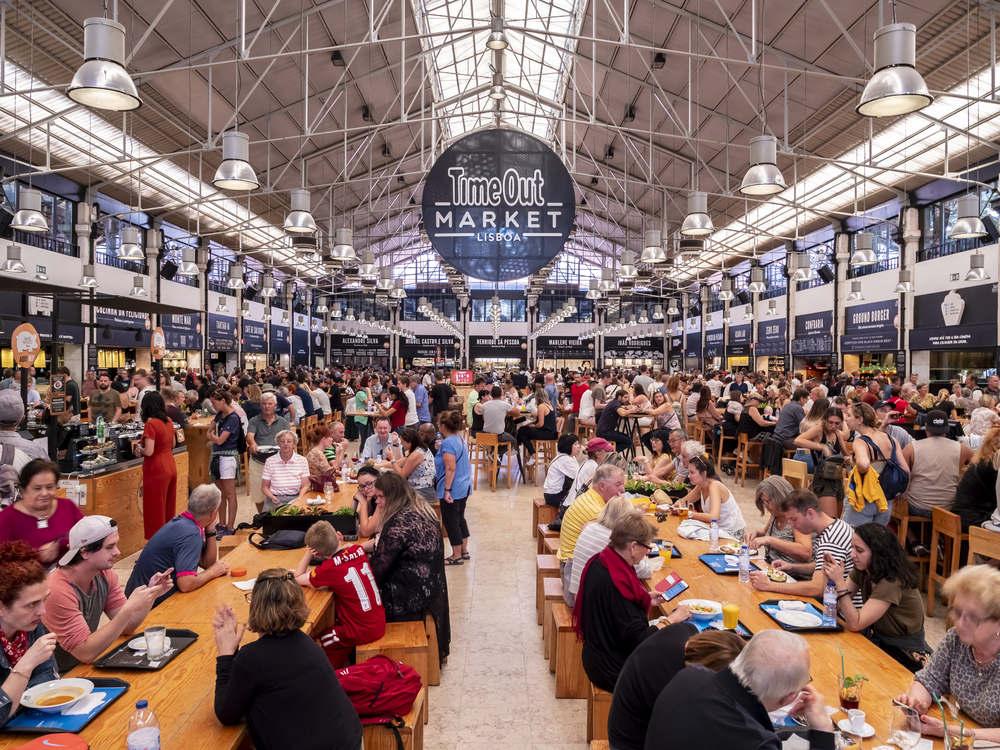
Since 1892, Mercado da Ribeira has kept Lisbon fed, though its recent split personality makes it even more intriguing. One half stays traditional — fishmongers shouting prices while produce vendors arrange perfect pyramids of fruit. The other half? That’s where celebrated chefs serve their greatest hits from tiny stalls. Nothing beats grabbing fresh oysters from one vendor, then wandering over for some gourmet bifana while locals and visitors share long communal tables.
Pastéis de Belém
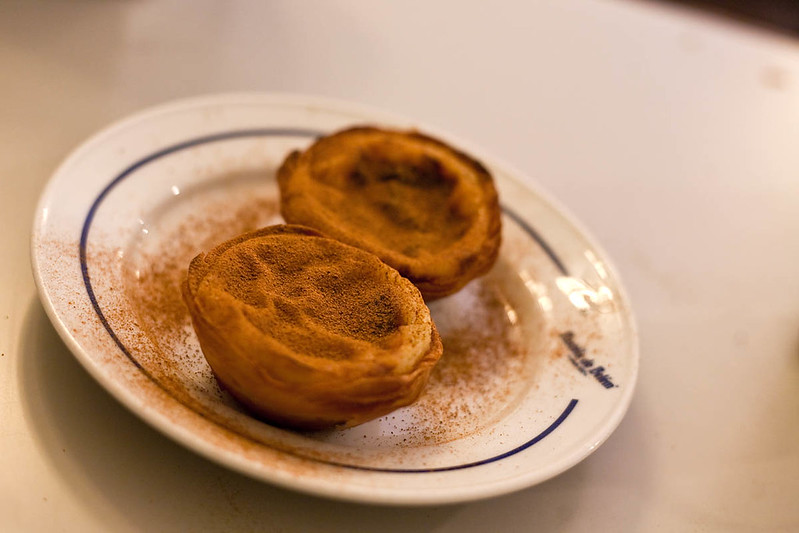
Everyone sells custard tarts in Lisbon — but this blue-tiled institution in Belém guards the original recipe like a state secret. They’ve been using the same formula since 1837, known only to a select group of master pastry chefs who work behind closed doors. Yeah, the lines stretch around the block, yet watching the bakers through the windows makes waiting part of the experience.
Alfama’s Fado Museum
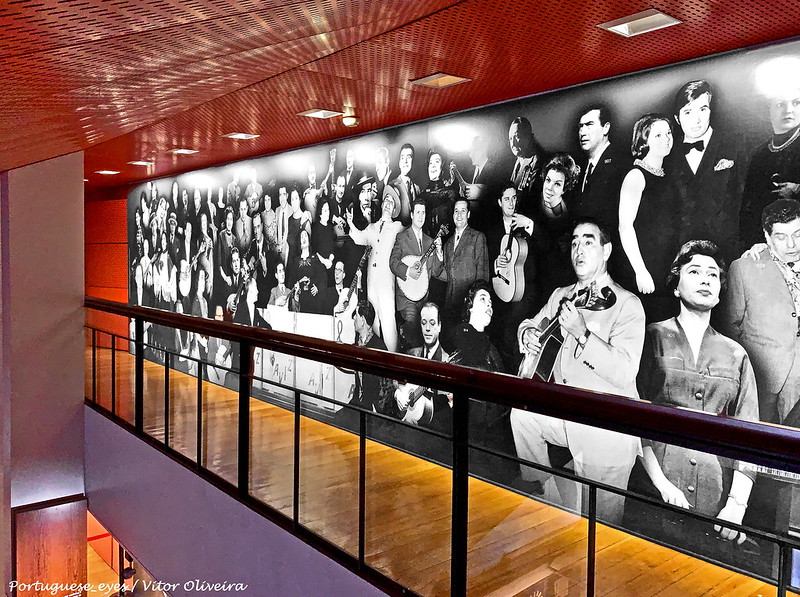
Deep in Alfama’s maze of medieval streets sits this shrine to Portugal’s soul music. Interactive displays trace fado’s journey from dockside taverns to UNESCO heritage status — complete with listening stations where legendary voices pour through headphones. The museum provides context, though nothing quite prepares you for hearing raw fado in a tiny tasca later that night.
Principe Real Garden
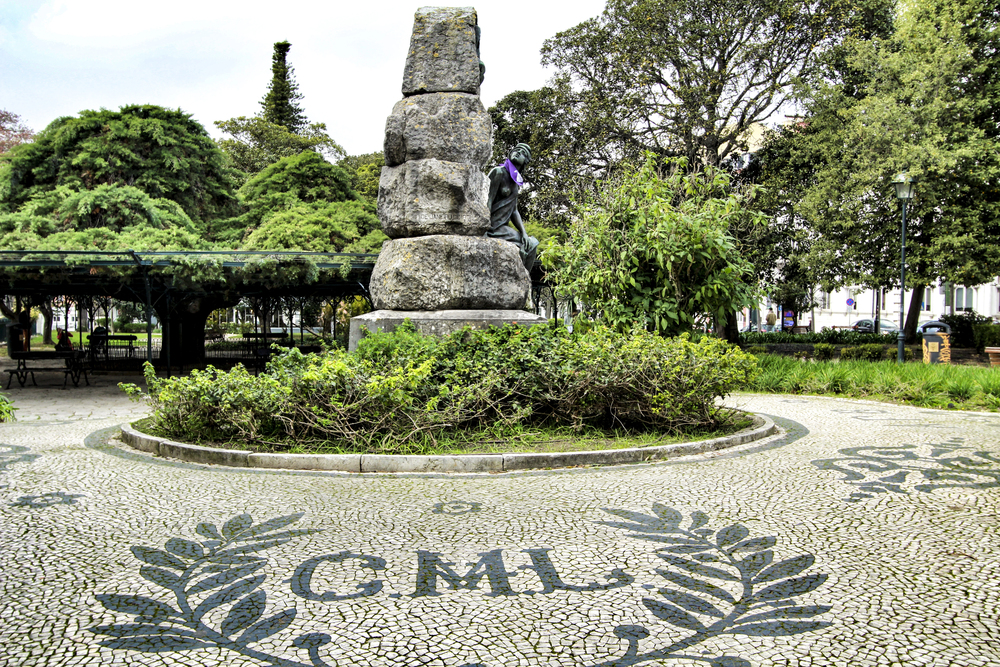
A gigantic cedar tree spreads its branches like a green pavilion over this sophisticated neighborhood’s heart. Principe Real has evolved into Lisbon’s style headquarters — concept stores mingle with antique dealers while restaurants serve Nordic-influenced Portuguese cuisine. Saturday mornings transform the garden into an organic market where you’ll overhear heated debates about the best stall for heirloom tomatoes.
National Tile Museum
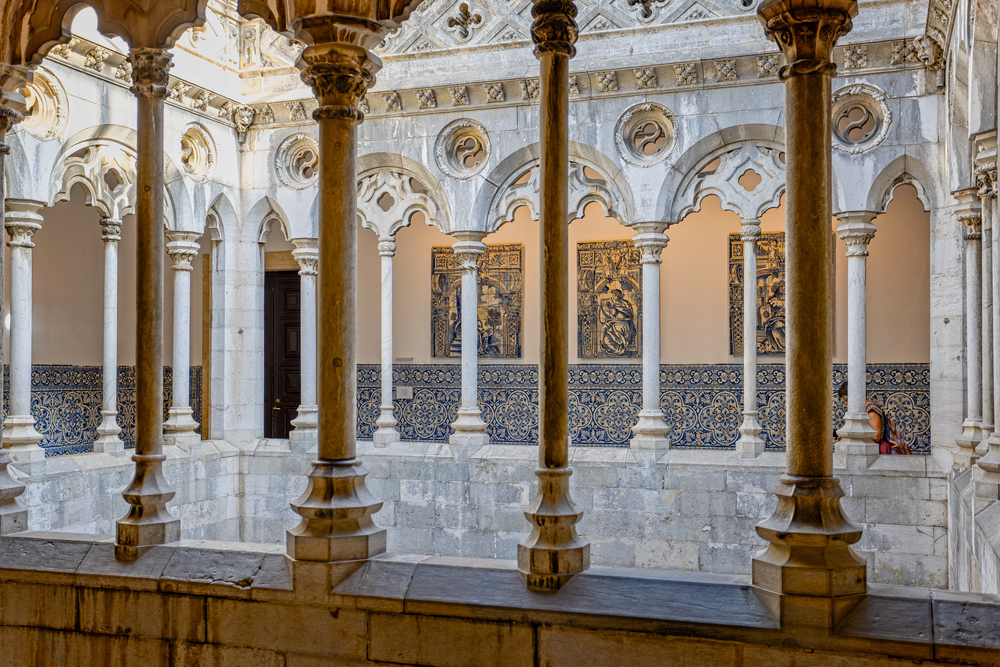
— Photo by njarvis
Those decorative tiles covering every Lisbon surface? This Beato district museum — housed in a breathtaking 16th-century convent — reveals why they’re cultural treasures rather than mere decoration. The standout piece stretches 75 feet, depicting pre-earthquake Lisbon in meticulous ceramic detail. Contemporary artists get space too, proving azulejos aren’t stuck in the past.
Pink Street
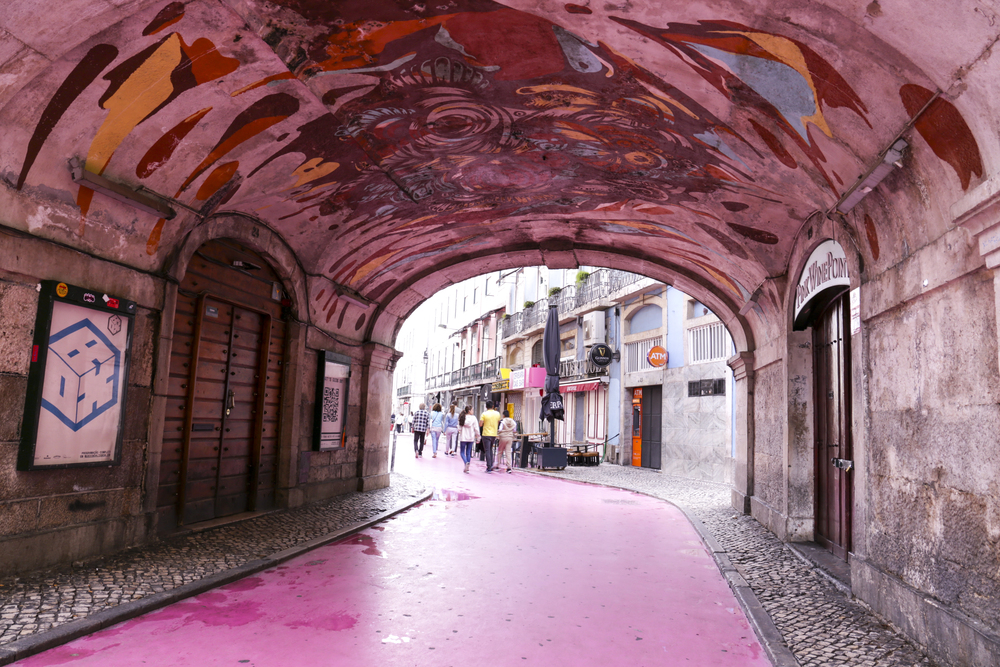
— Photo by soniabonetruiz
Someone had the brilliant idea to paint Cais do Sodré’s Rua Nova do Carvalho shocking pink, transforming a dodgy alley into Instagram gold. Daylight hours bring the photo shoots, yet after sunset, the street reveals its true personality. Bars pump out everything from reggaeton to indie rock while crowds spill onto that famous pink pavement.
Estrela Basilica
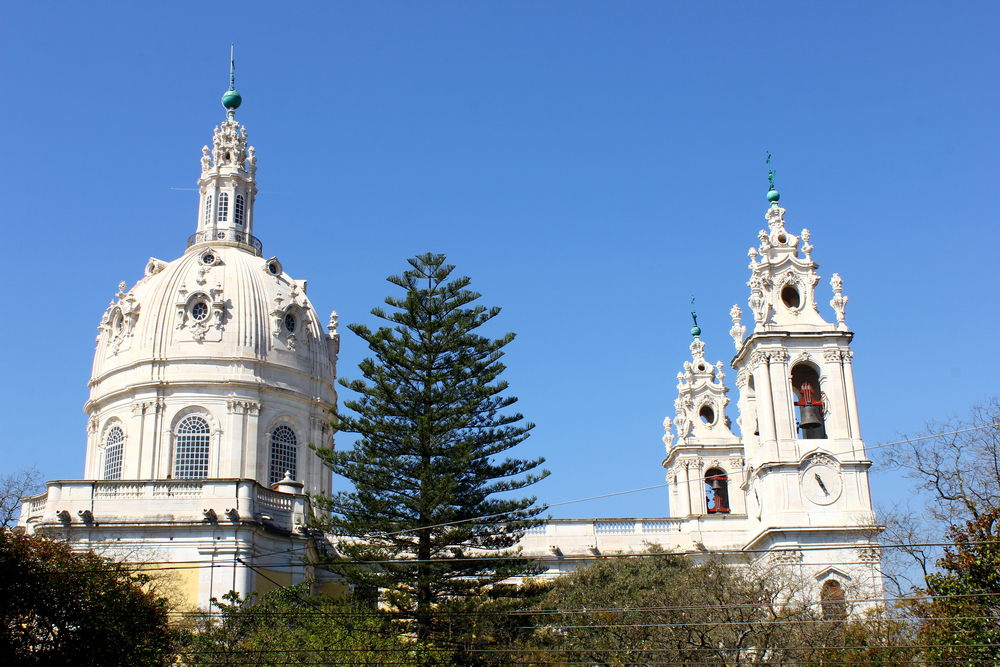
Queen Maria I built this baroque beauty as a thank-you gift for finally producing an heir resulting in one of Lisbon’s most underrated monuments. Pink and gray marble creates geometric patterns that shift depending on where you stand. Skip the interior crowds and head straight for the rooftop terrace instead. The views rival any official miradouro, minus the tour groups.
Village Underground
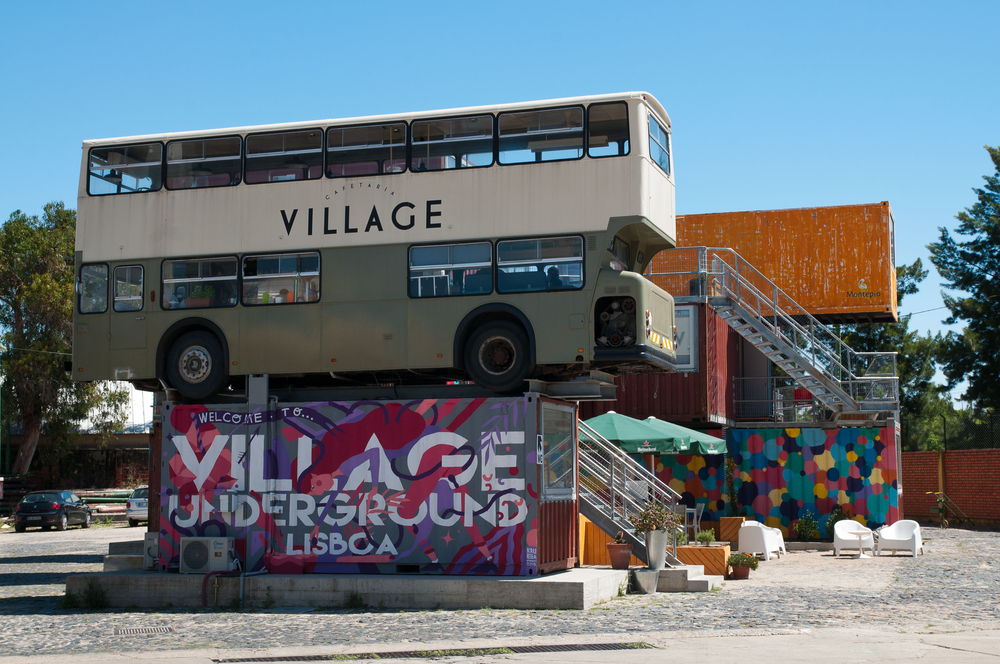
— Photo by AtlanticoPress
Shipping containers and double-decker buses probably shouldn’t work as creative spaces — yet somehow this Alcântara project pulls it off brilliantly. Behind an unremarkable shopping center, these recycled structures host DJ sets, film screenings, and even co-working spaces for the laptop brigade. The industrial aesthetic attracts creatives who’ve made this their unofficial headquarters.
Cemitério dos Prazeres
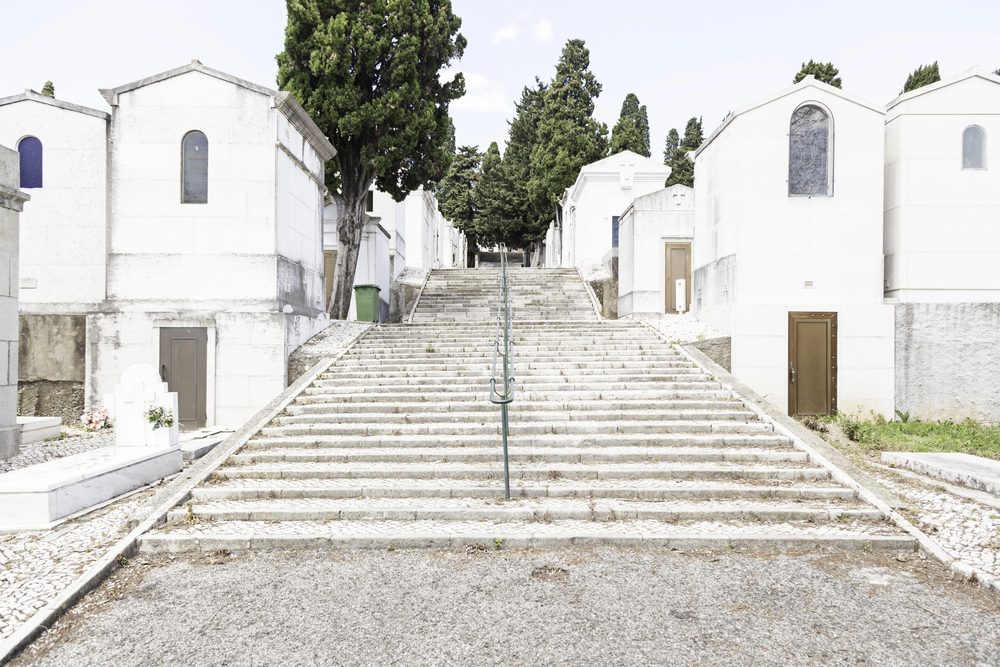
Suggesting a cemetery as a tourist spot sounds morbid, though Campo de Ourique’s hillside necropolis offers unexpected tranquility. Elaborate mausoleums chronicle Portuguese history through marble and sculpture while cypress trees provide natural air conditioning. The elevated position delivers bonus views across the river. Think of it as a sculpture park where every piece tells a story.
Bairro Alto’s Elevador da Bica
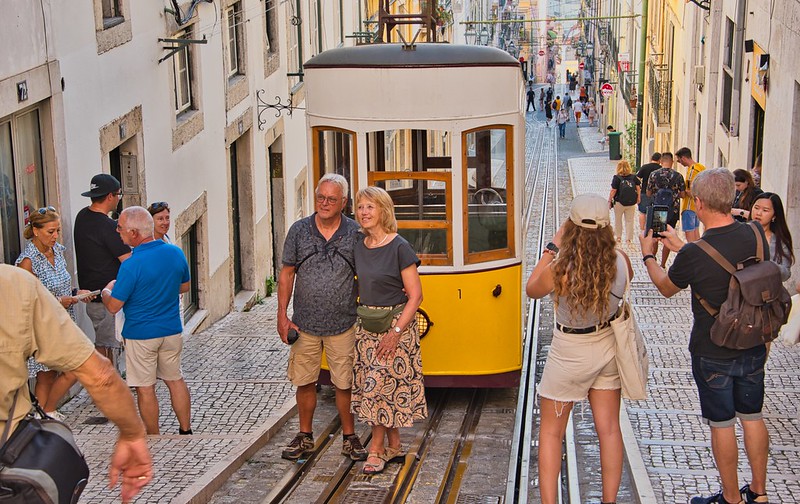
Forget the touristy Elevador da Santa Justa. This canary-yellow funicular has hauled locals up Bairro Alto’s ridiculous slopes since 1892, providing a genuine neighborhood experience. The journey frames daily life perfectly: kids kicking footballs against graffitied walls while grandmothers tend to their geraniums. It’s public transport that doubles as urban theater.
Museu Coleção Berardo
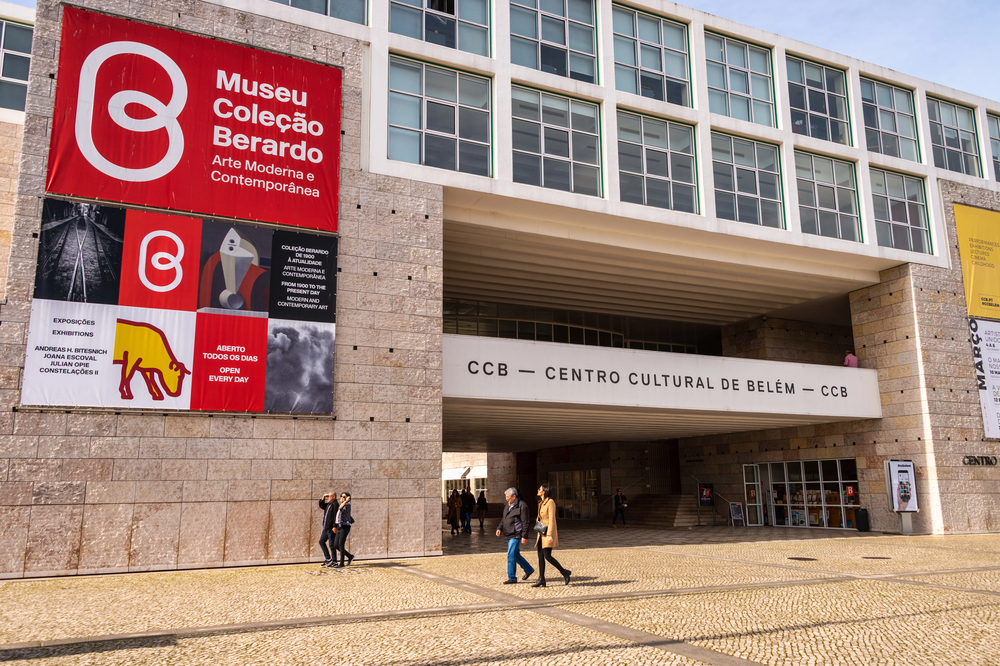
— Photo by marcbruxelle
Free admission to one of Europe’s premier modern art collections, yet Belém’s cultural center stays mysteriously uncrowded. While tourists queue for the monastery next door, you can wander past Warhols and Picassos in peace. Natural light floods the galleries through floor-to-ceiling windows, making the art seem to glow. The collection spans every major 20th-century movement, essentially offering a university-level art course without the tuition.
Campo de Ourique Market

This neighborhood institution took notes from the Time Out Market’s success while maintaining its local soul. Traditional vendors who’ve worked here for decades share space with newcomers offering craft beer and fusion cuisine. The key difference? Your fellow diners are actual residents grabbing dinner after work, not tour groups ticking off their must-eat lists.
Casa Fernando Pessoa
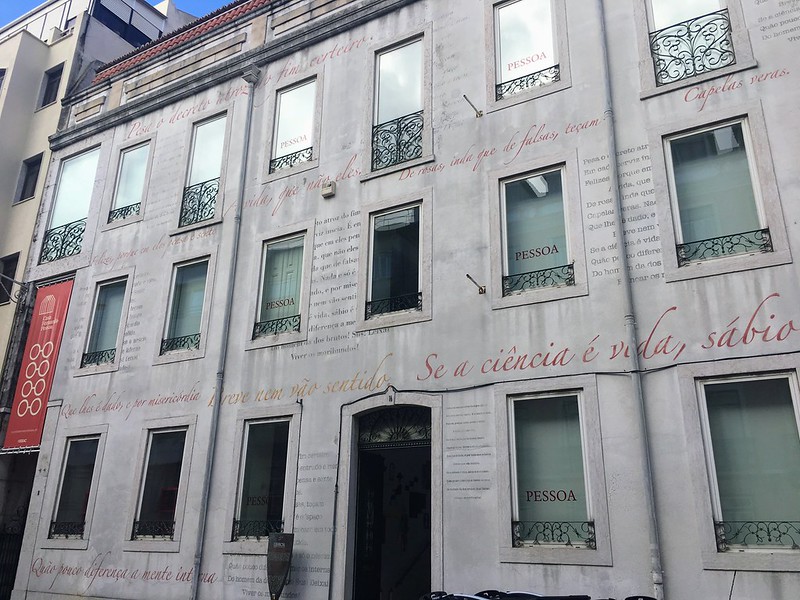
Portugal’s most celebrated poet lived modestly in Campo de Ourique, though his imagination contained multitudes. His preserved apartment displays original manuscripts alongside the desk where he invented his various heteronyms. The small museum captures something essential about Lisbon’s intellectual character. Literature fans will geek out over the multilingual library, while even casual visitors appreciate glimpsing the daily life of a creative genius.
Jardim do Torel
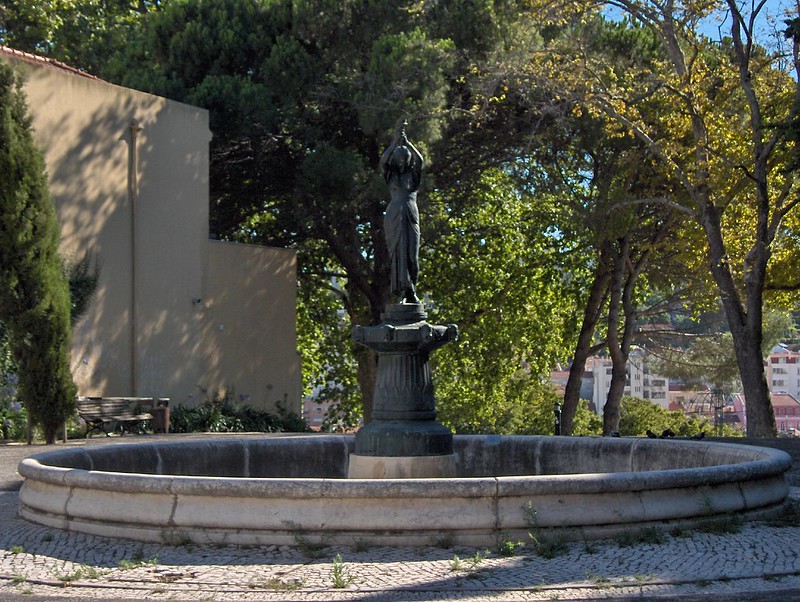
This terraced garden hides between Principe Real and Martim Moniz, somehow escaping most tourist radars despite killer views. Peacocks strut across the lawns like they own the place, while street artists have turned the retaining walls into an outdoor gallery. The combination of formal garden design and urban art creates something uniquely Lisbon. Benches tucked into shady corners make perfect reading spots.
MAAT
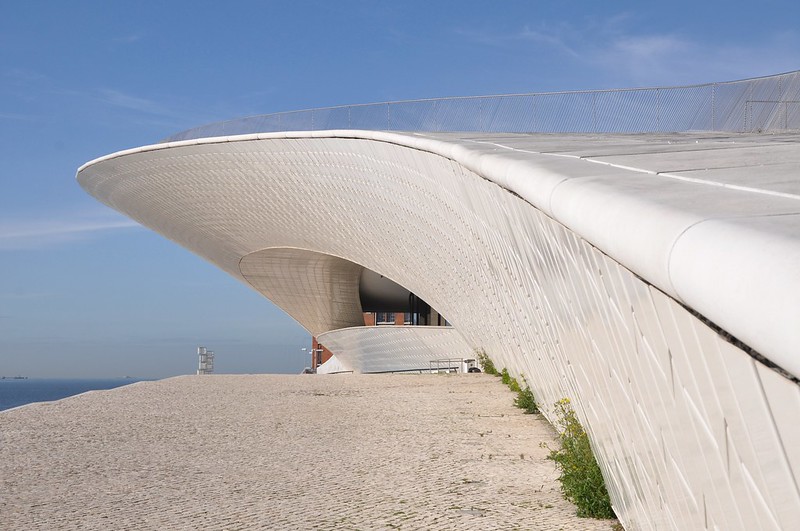
Belém’s waterfront gained a futuristic neighbor when this undulating white structure opened. The Museum of Art, Architecture and Technology looks like a giant wave that decided to take a nap by the river. Amanda Levete’s design includes a walkable roof that’s become a destination itself, offering fresh perspectives on the bridge and water. Inside, exhibitions push boundaries in all three fields, though the architecture exhibitions particularly excel at examining how cities evolve.
Where Yesterday’s City Embraces Tomorrow
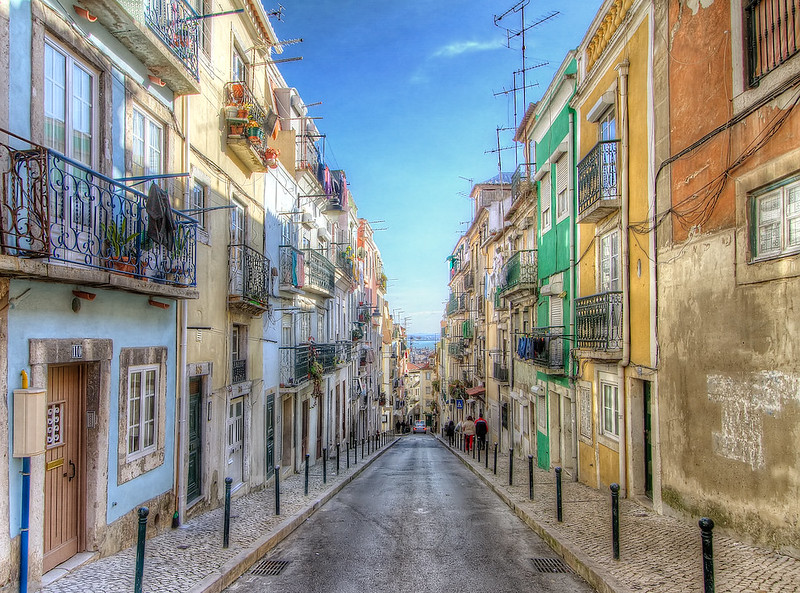
These 17 spots capture Lisbon at a fascinating moment in its evolution. The city honors its past while eagerly experimenting with its future, turning defunct factories into creative hubs and traditional markets into foodie temples. Each neighborhood contributes its own flavor to an urban recipe that keeps changing. The magic happens in these places where locals still dominate the scene, where innovation doesn’t bulldoze tradition but dances with it instead. That’s the Lisbon worth discovering — a city confident enough to reinvent itself without losing its soul.
More from Travel Pug

- 20 Best Beach Towns in the Carolinas
- 13 Destinations Where Tourists Regularly Regret Their Trip
- 20 Things You Actually Get in First Class
- 20 Small Airports With Aviation Museums
- 20 Places in the U.S. That Are Perfect for a Reset Trip
Like Travel Pug’s content? Follow us on MSN.
